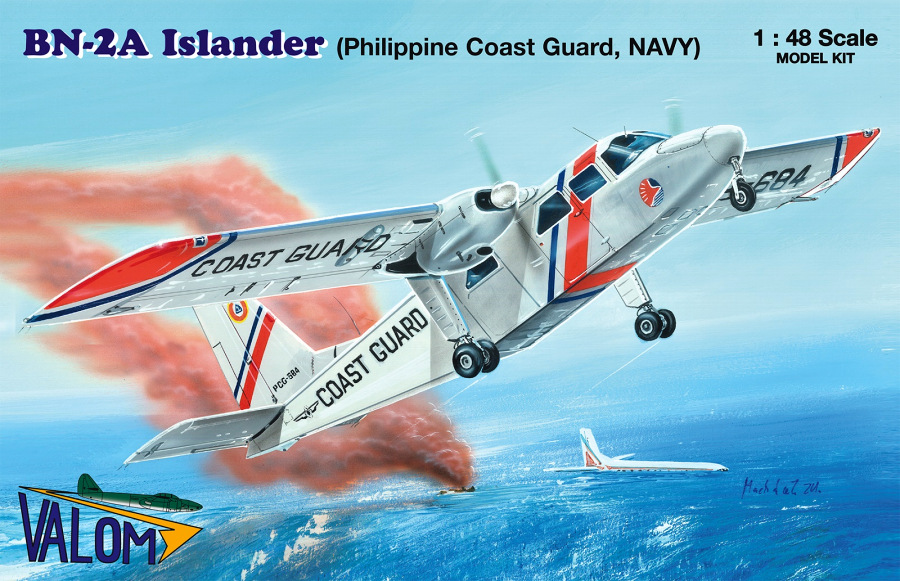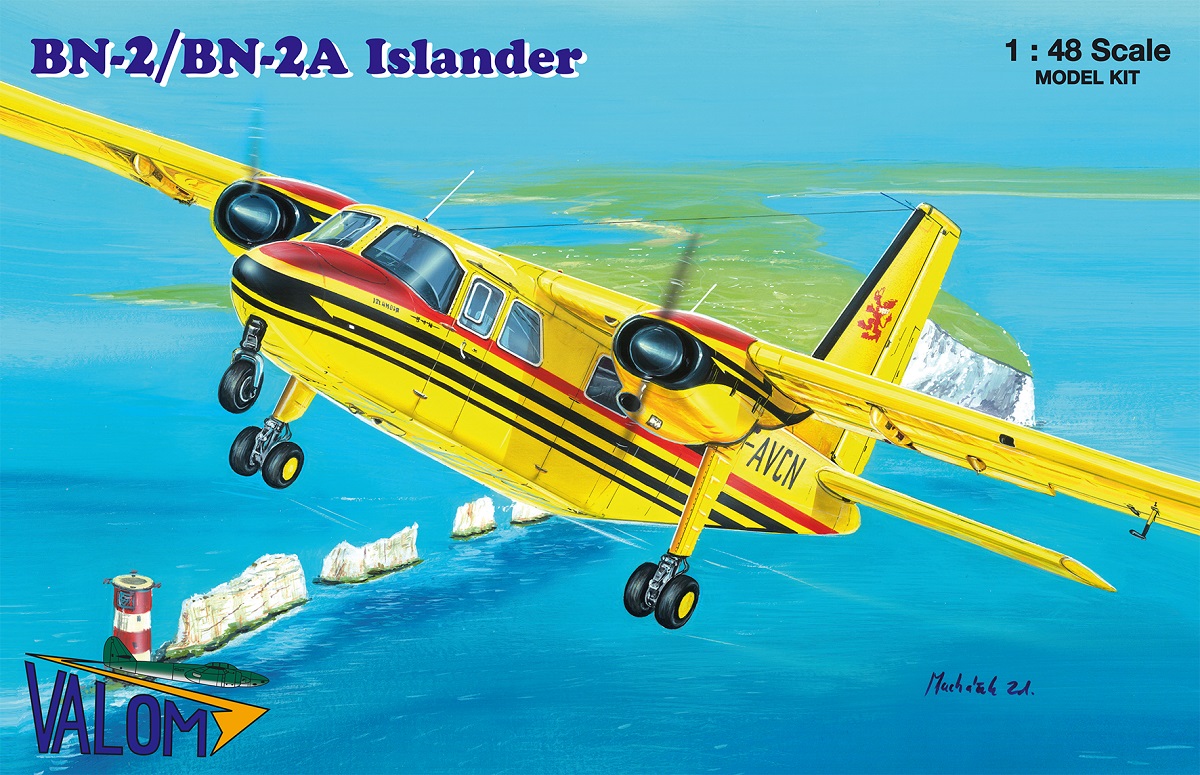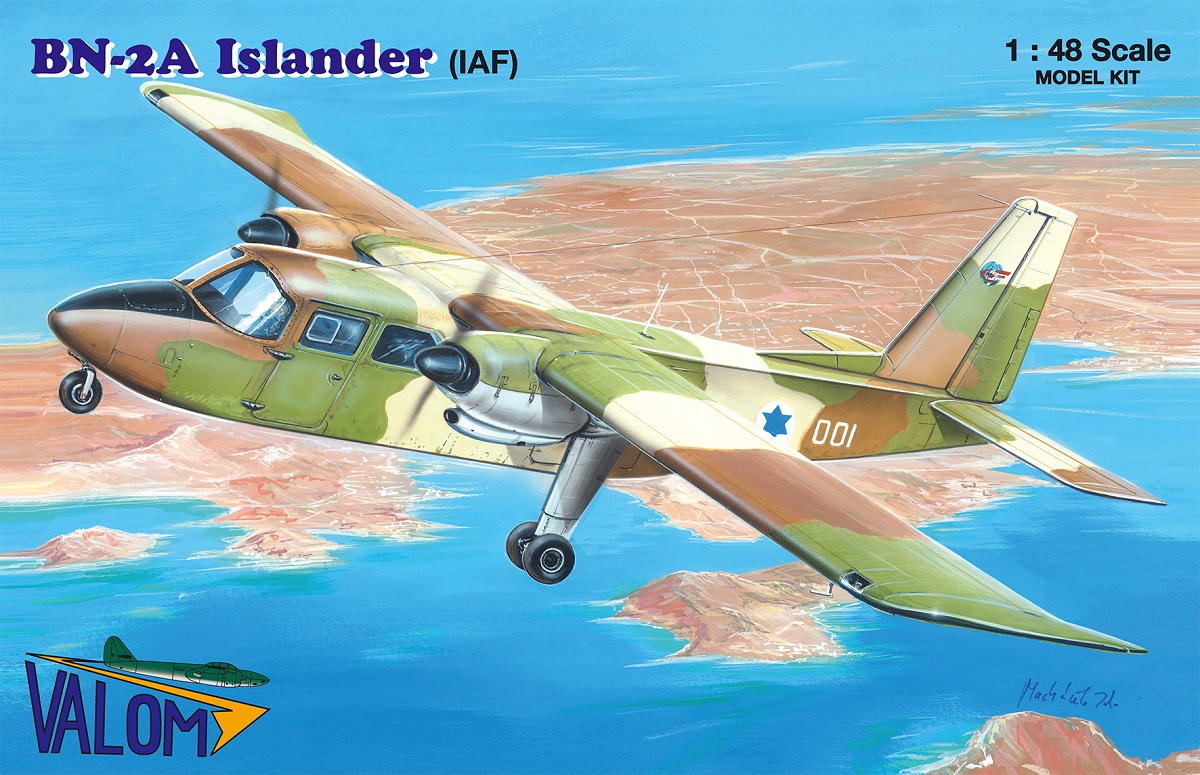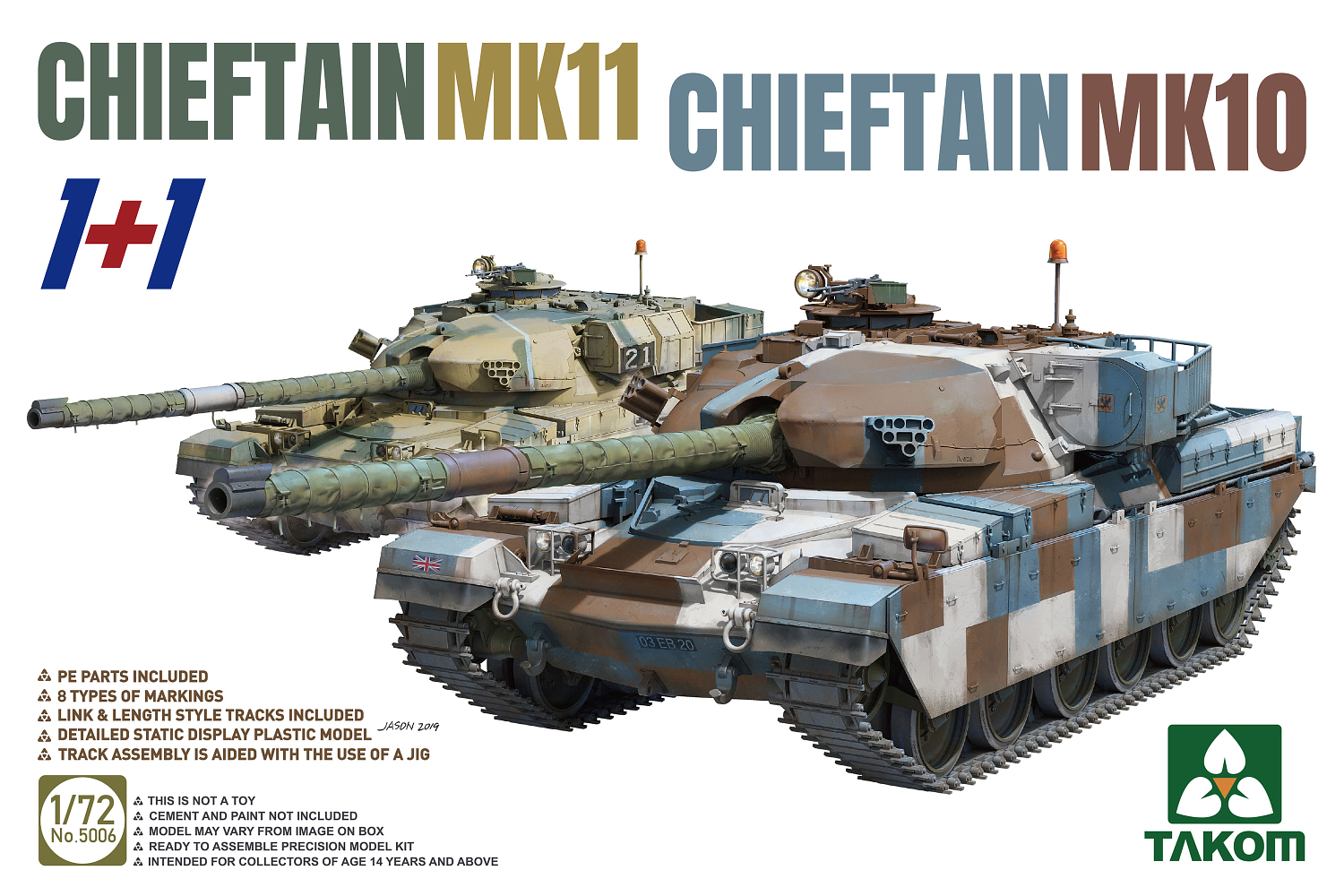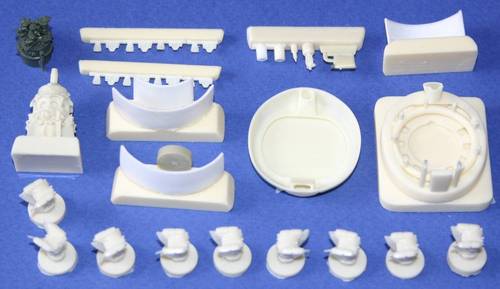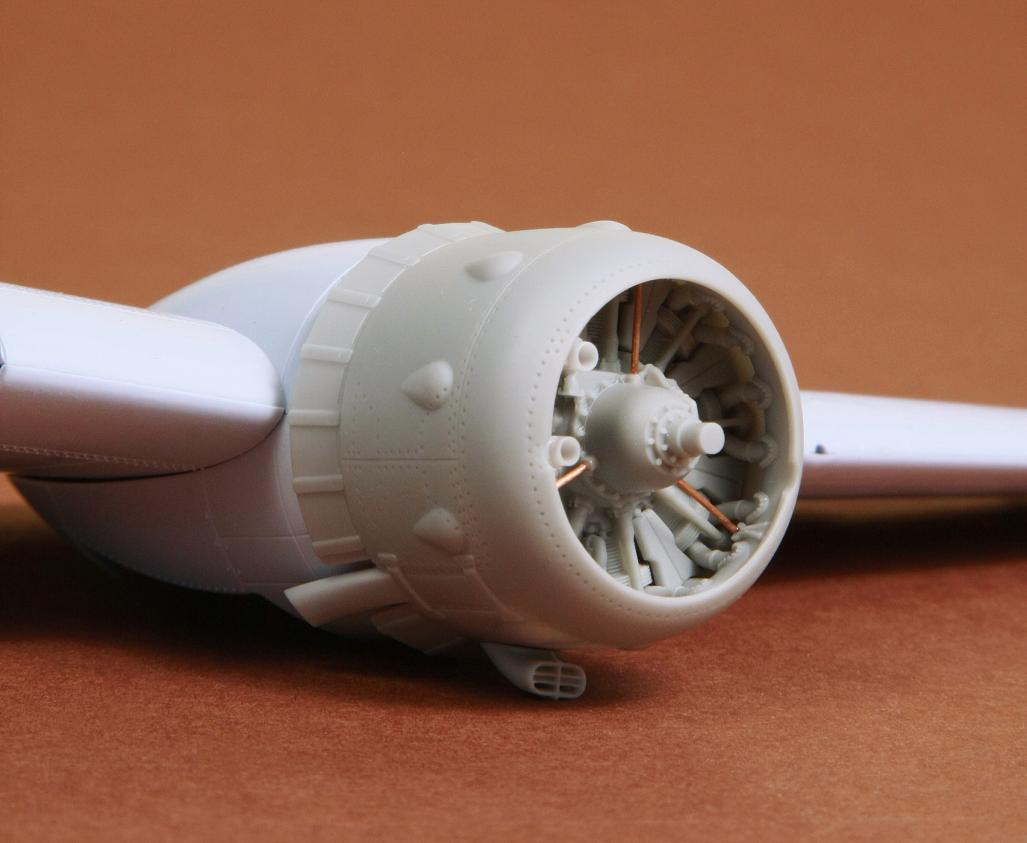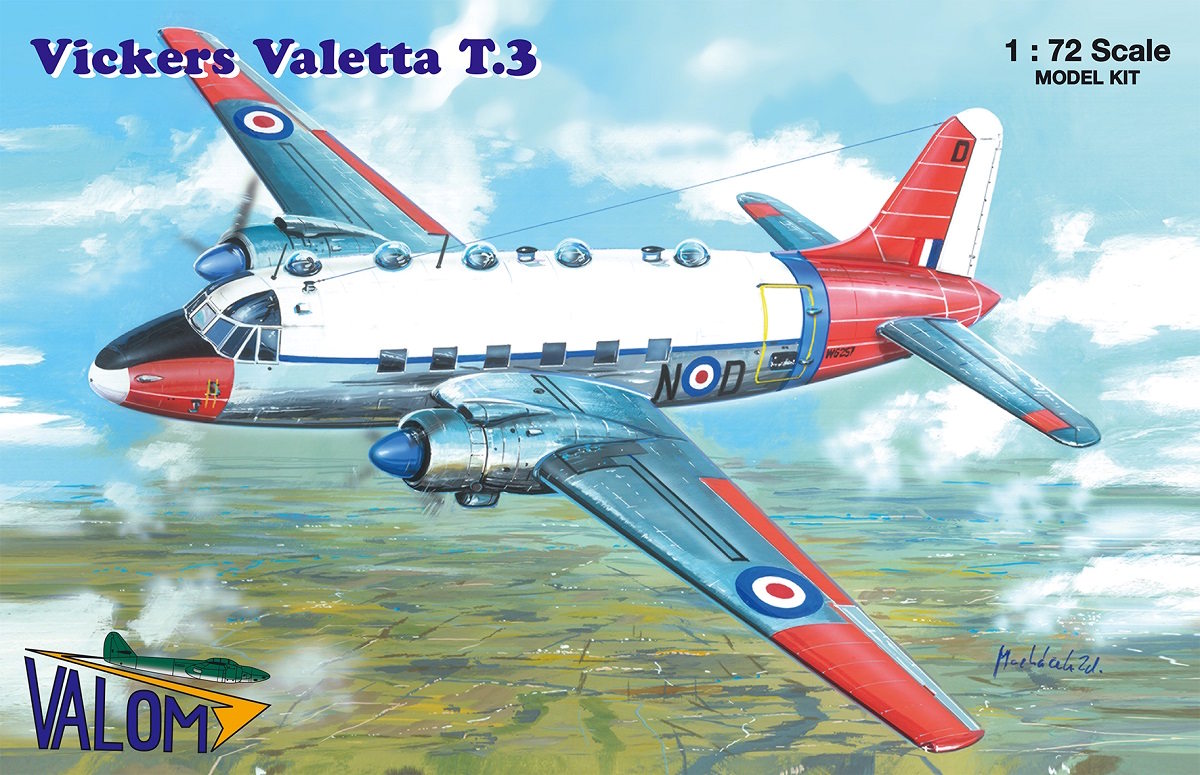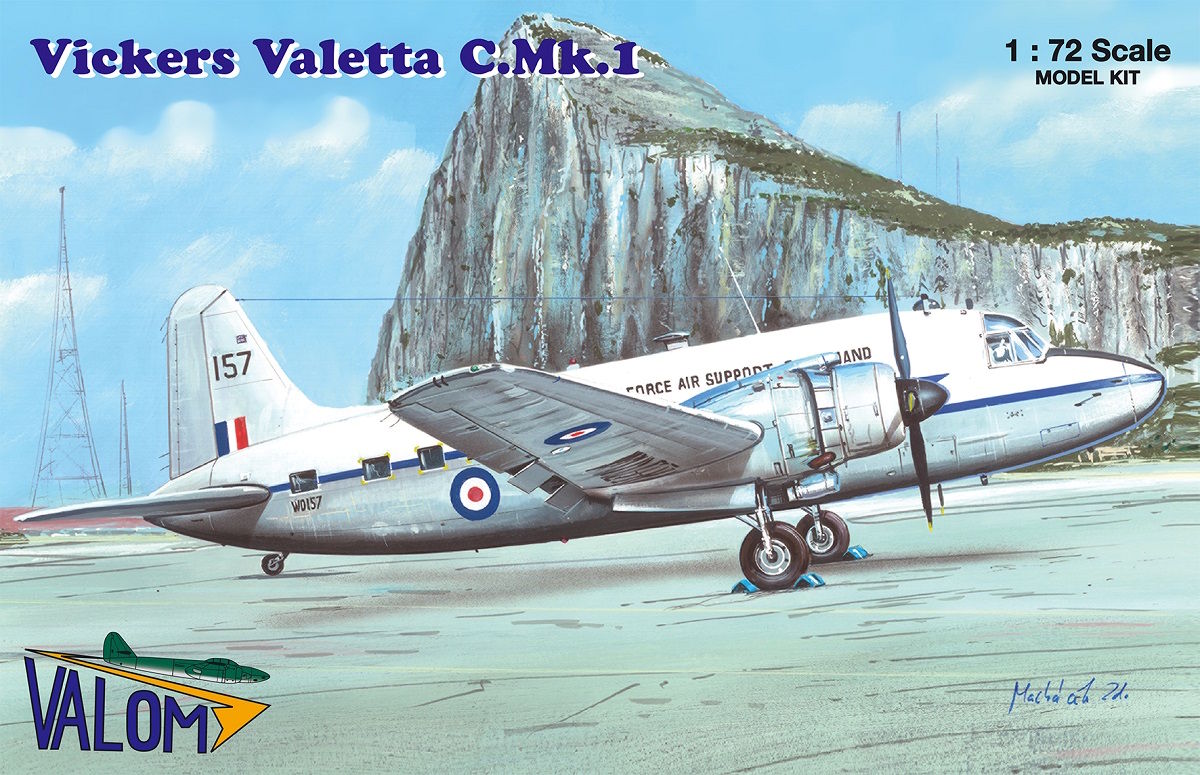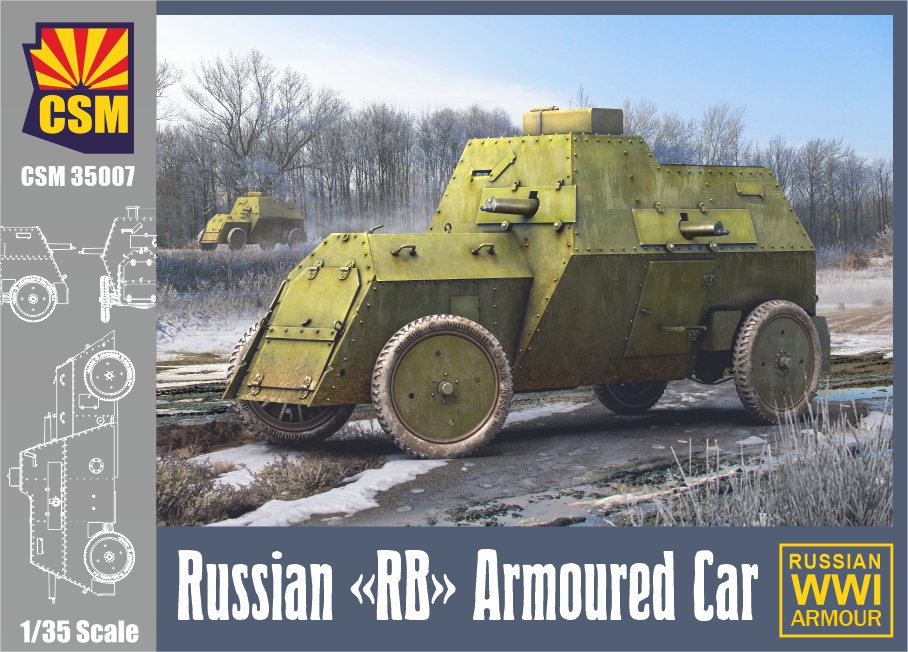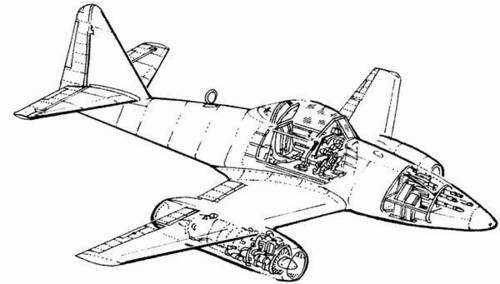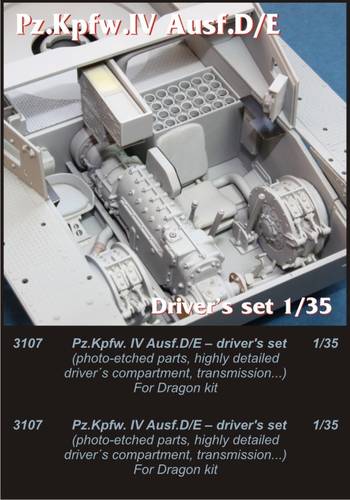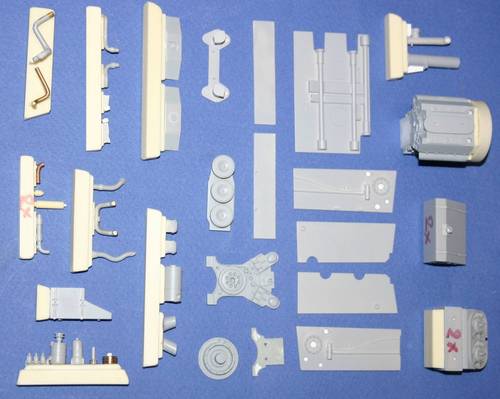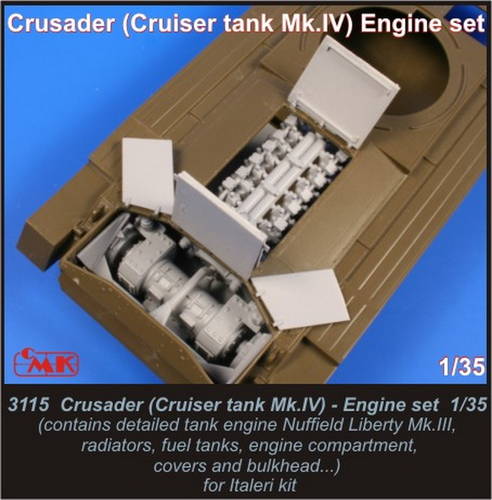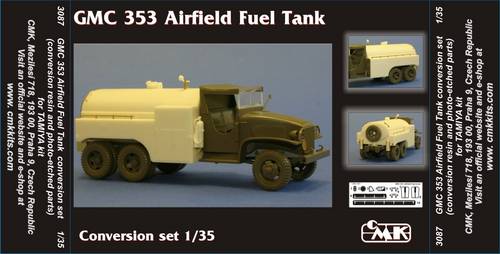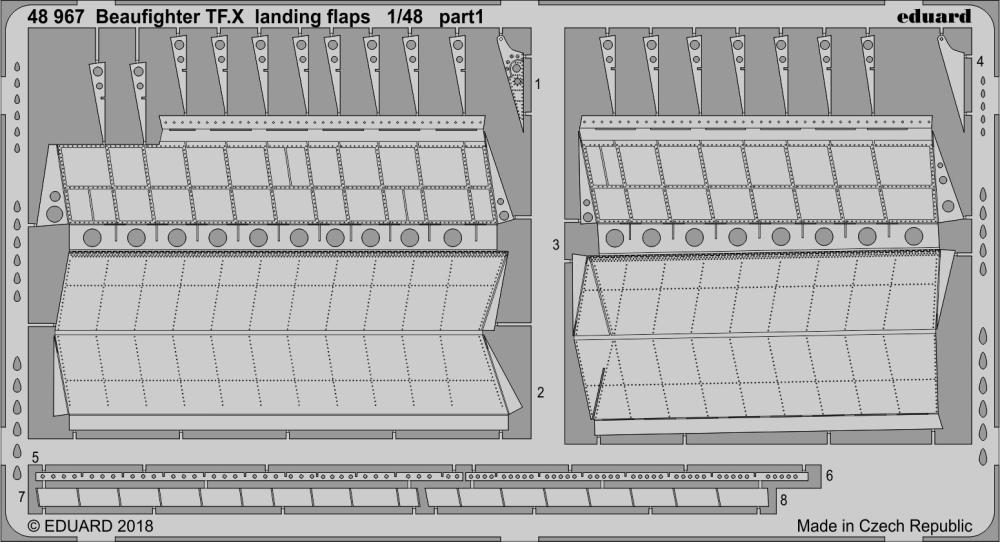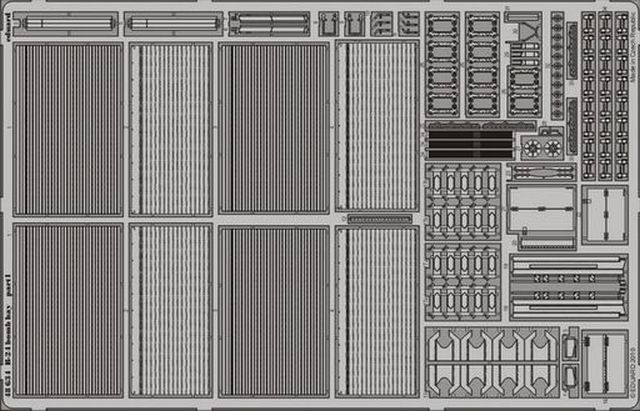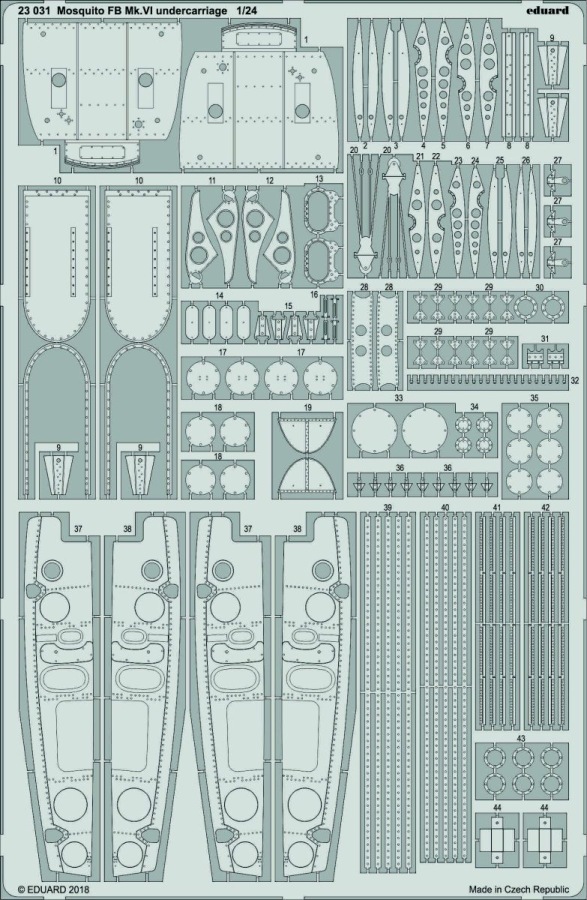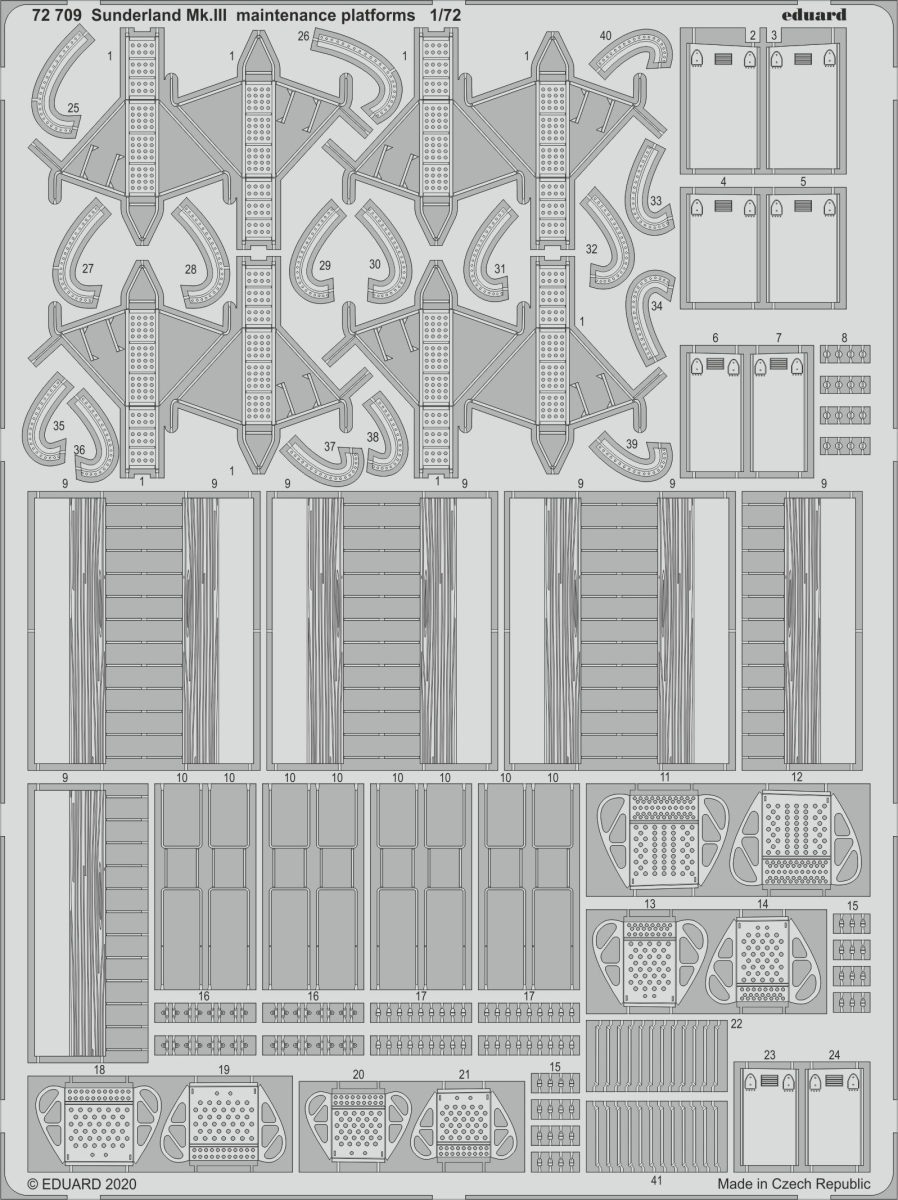Hračky
Celkem 5339 produktů
1/48 Britten-Norman BN-2/BN-2A Islander. This is an injection-plastic aircraft model kit. This beautifully detailed kit of the Britten-Norman BN-2A Islander is an entirely new mold! The prototype of this general-purpose aircraft made its first flight in 1965, and it is used by more than 500 airlines in more than 120 countries; it is still being produced (with some changes to the engine) after more than 50 years! This particular aircraft was used by more than 10 airlines, including New Japan Airlines, Daiichi Aviation, and Ryukyu Air Commuter in Japan. Includes photo-etched parts and decals for 2 versions; will be about 22.6cm long with a wingspan of 31.1cm when completed. [Mold Color]: Brown, clear [Includes]: Decals, photo-etched parts
1/48 Britten-Norman BN-2A Islander (IAF). This is an injection-plastic aircraft model kit. This beautifully detailed kit of the Britten-Norman BN-2A Islander is an entirely new mold! The prototype of this general-purpose aircraft made its first flight in 1965, and it is used by more than 500 airlines in more than 120 countries; it is still being produced (with some changes to the engine) after more than 50 years! This particular aircraft was used by more than 10 airlines, including New Japan Airlines, Daiichi Aviation, and Ryukyu Air Commuter in Japan. Includes photo-etched parts and decals for 2 versions; will be about 22.6cm long with a wingspan of 31.1cm when completed. [Mold Color]: Brown, clear [Includes]: Decals, photo-etched parts
1/48 Britten-Norman BN-2/BN-2A Islander. This is an injection-plastic aircraft model kit. This beautifully detailed kit of the Britten-Norman BN-2A Islander is an entirely new mold! The prototype of this general-purpose aircraft made its first flight in 1965, and it is used by more than 500 airlines in more than 120 countries; it is still being produced (with some changes to the engine) after more than 50 years! This particular aircraft was used by more than 10 airlines, including New Japan Airlines, Daiichi Aviation, and Ryukyu Air Commuter in Japan. Includes photo-etched parts and decals for 2 versions; will be about 22.6cm long with a wingspan of 31.1cm when completed. [Mold Color]: Brown, clear [Includes]: Decals, photo-etched parts
1/72 Chieftain Mk.10 + Mk.11 Combo. This is an injection-plastic military vehicle model kit.The Chieftain is a second-generation main battle tank developed in the United Kingdom after World War II. Development began in the 1950s with the goal of integrating the main tank, the Centurion, and is supporting heavy tank, the Conqueror. Mass production began in May 1963. Because the British Army was skeptical of the idea of improving mobility at the expense of armor defense, the Chieftain adopted heavy armor for occupant protection and the new L11 120mm tank gun as its main armament. The main gun was powerful enough to destroy Soviet-made tanks such as the T-55 and T-62 at a distance of up to 4,000 meters.This new kit from Takom features photo-etched parts and decals for 6 versions; link-and-length tracks and assembly jig are also included. Order yours today![Includes]: Photo-etched parts, decals for 6 versions
1/72 Chieftain Mk.10 + Mk.11 Combo. This is an injection-plastic military vehicle model kit.The Chieftain is a second-generation main battle tank developed in the United Kingdom after World War II. Development began in the 1950s with the goal of integrating the main tank, the Centurion, and is supporting heavy tank, the Conqueror. Mass production began in May 1963. Because the British Army was skeptical of the idea of improving mobility at the expense of armor defense, the Chieftain adopted heavy armor for occupant protection and the new L11 120mm tank gun as its main armament. The main gun was powerful enough to destroy Soviet-made tanks such as the T-55 and T-62 at a distance of up to 4,000 meters.This new kit from Takom features photo-etched parts and decals for 6 versions; link-and-length tracks and assembly jig are also included. Order yours today![Includes]: Photo-etched parts, decals for 6 versions
1/72 Potez 25 A2/B2 Hispano. Decals for four planes: Sigma 3, Greek Air Force, Athenes-Tatoï airfield, end of April or May 1941 - White 20, Rumanian Air Force, Little Entente and Poland competition, Prague, August 1928 - White 12, in monoplane configuration, first Hispano aircraft delivered to Rumania, Prague, August 1928 - Nr 36, White 1, Yugoslav Army, Prague, August 1928.
1/72 Potez 25 A2/B2 Hispano. Decals for four planes: Sigma 3, Greek Air Force, Athenes-Tatoï airfield, end of April or May 1941 - White 20, Rumanian Air Force, Little Entente and Poland competition, Prague, August 1928 - White 12, in monoplane configuration, first Hispano aircraft delivered to Rumania, Prague, August 1928 - Nr 36, White 1, Yugoslav Army, Prague, August 1928.
1/35 Russian RB Armoured Car (RB stands for Russo-Balt). Nejúspěšnější z prvních ruských obrněných vozidel byla řada obrněných vozidel Russo-Balt. Většina z nich byla vybavena kulomety, ale několik z nich mělo i kanón. Prvním a nejoblíbenějším vozem vyráběným společností Rus-Balt byl typ C - nástupce belgického vozu Fondu 24/30hp. Russo-Balt C byl opakovaně modernizován, zvyšoval se jeho výkon, modernizoval se rám a pružiny a vylepšovaly se chladiče, převodovky a další komponenty. Do roku 1914 se vyráběly vozy Russo-Balt typ C 24/40hp řady 18, kde dvoudílné číslo modelu označuje jmenovitý výkon motoru a maximální výkon motoru. Čtyřválcový motor o objemu 4,5 litru dokázal pohánět osobní verze vozu rychlostí 75-80 km/h. S vypuknutím války bylo sedm podvozků odesláno do Petrohradu do Ižorské továrny, kde posloužily jako základ pro navrhovanou flotilu ruských obrněných automobilů. Každé vozidlo bylo vybaveno třemi kulomety Maxim ráže 7,62 mm v trojúhelníkovém uspořádání, které umožňovalo vést palbu na potenciální cíle nejméně dvěma zbraněmi najednou. Dva kulomety byly upevněny v bocích korby a třetí kulomet, umístěný v zadní části, bylo možné přepínat ze strany na stranu a také nasadit proti vzdušným cílům otvorem ve střeše korby. K jednomu z pozoruhodných střetnutí pro ruskobaltské obrněné automobily došlo 3. února 1915, kdy čtyři automobily postupovaly po Bělské silnici směrem k obci Cjulkuvla a střetly se se třemi prapory nepřátelské pěchoty. S podporou vlastní pěchoty více než 10 kilometrů za sebou obrněné automobily druhé a třetí čety přesto zahájily palbu na nepřítele, čímž v jeho řadách okamžitě vyvolaly zmatek a paniku. Při zásahu německého dělostřelectva byl zabit jeden ruský střelec a tři obrněné automobily byly znehybněny, ale nepřátelská pěchota ustoupila. První rota samopalníků byla v nepřetržité aktivní službě od roku 1914 až do září 1916, kdy byla reorganizována do První obrněné divize 42. armádního sboru. Do roku 1917 sloužila ve Finsku a krátce před ruskou revolucí byla poslána na severní frontu u Dvinska. Obrněné automobily Russo-Balt se zapojily do občanské války v Rusku a v roce 1921 jeden Russo-Balt sloužil ve škole tankové brigády a další sloužil u Rudé armády až do roku 1923. Ruský obrněný automobil RB: - 4 pásy z šedého plastu -Obtisky s potiskem Kartograf -instrukce v barvě - Russo-Balt Brožurka (pouze pro předem objednané verze) o historii obrněných automobilů RB a jejich službě v 1. světové válce.
